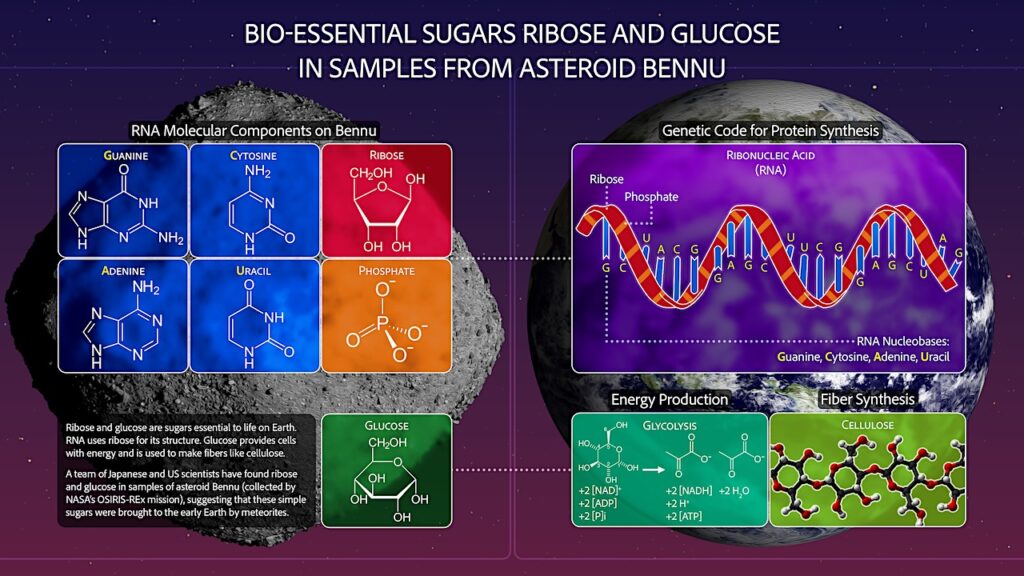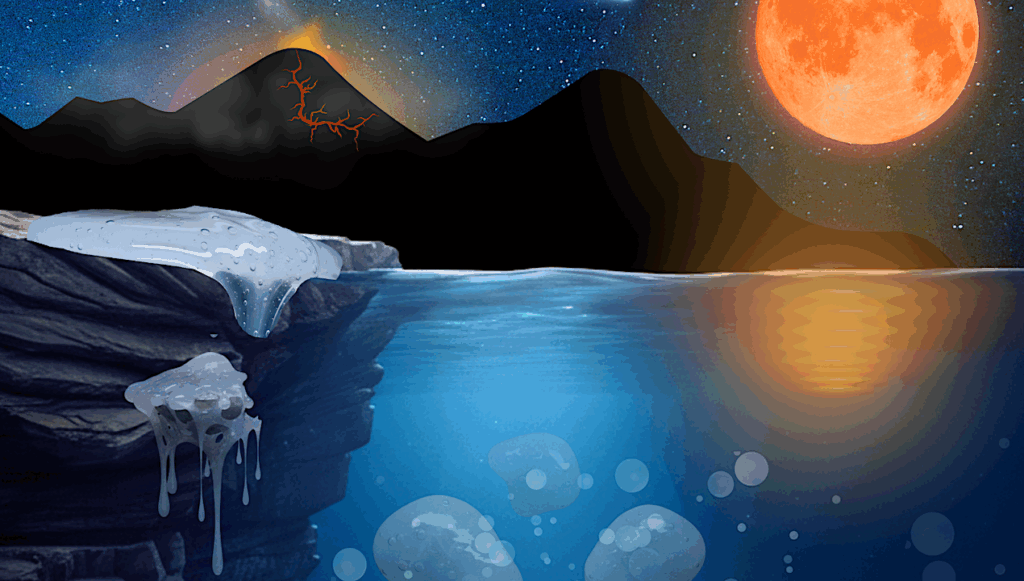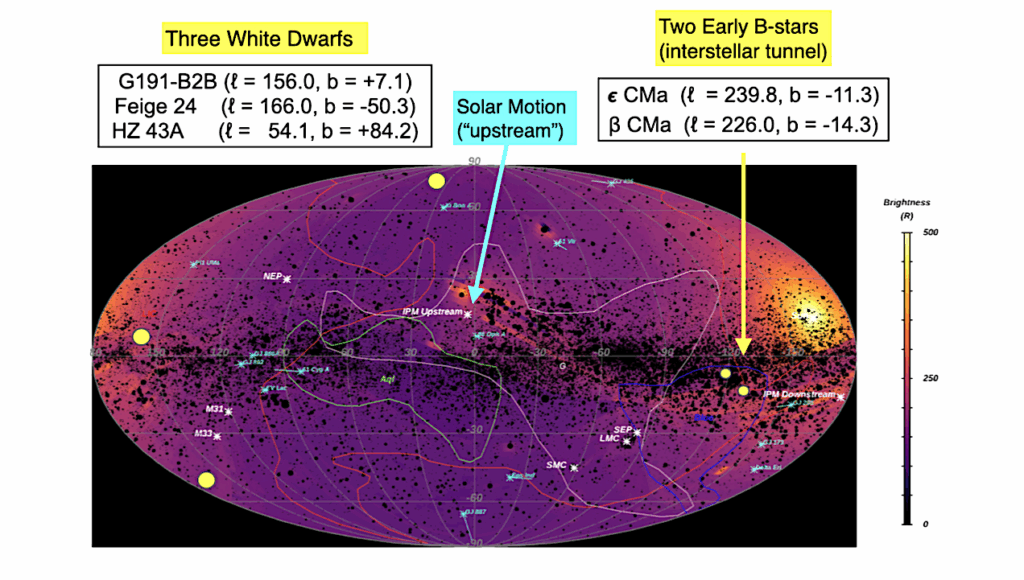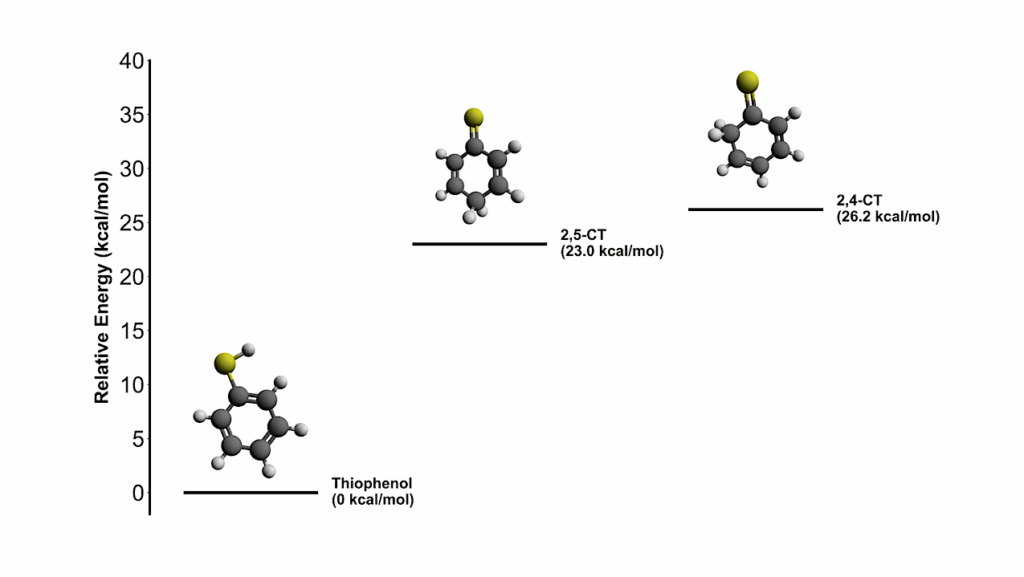A Theoretical Approach To The Complex Chemical Evolution Of Phosphorus In The Interstellar Medium
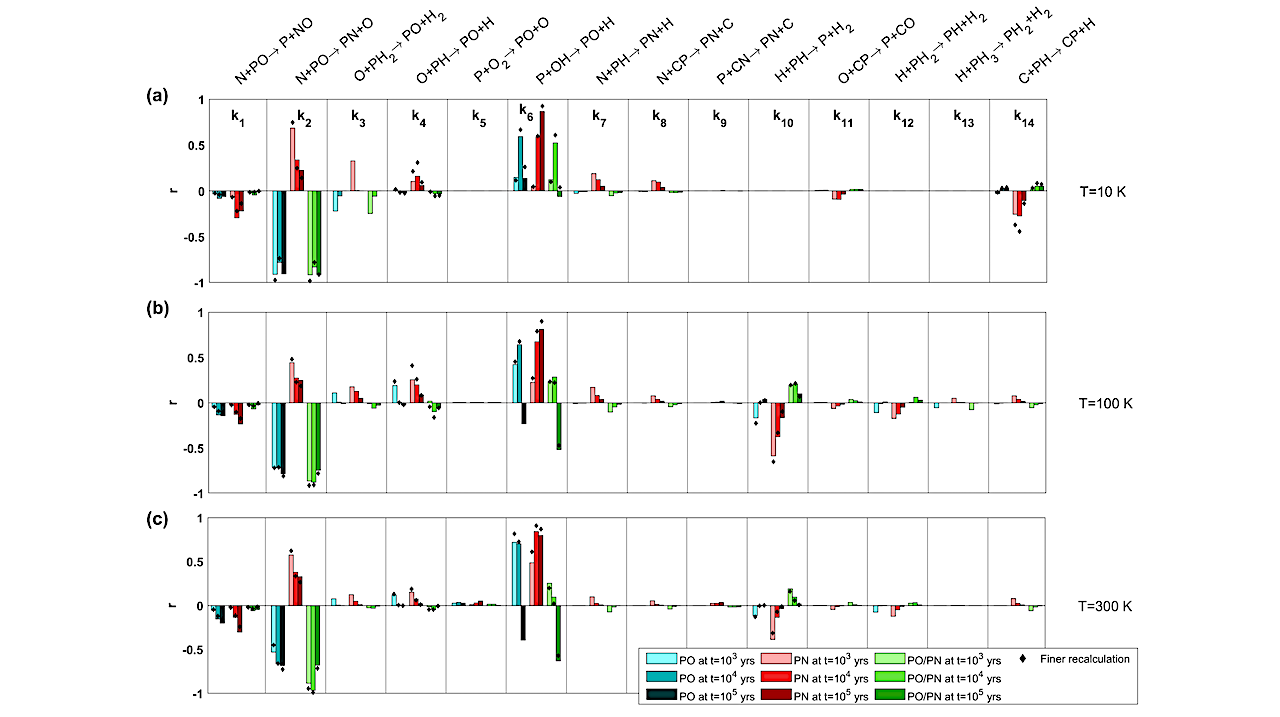
The study of phosphorus chemistry in the interstellar medium has become a topic of growing interest in astrobiology, because it is plausible that a wide range of P-bearing molecules were introduced in the early Earth by the impact of asteroids and comets on its surface, enriching prebiotic chemistry.
Thanks to extensive searches in recent years, it has become clear that P mainly appears in the form of PO and PN in molecular clouds and star-forming regions. Interestingly, PO is systematically more abundant than PN by factors typically of ∼1.4−3, independently of the physical properties of the observed source. In order to unveil the formation routes of PO and PN, in this work we introduce a mathematical model for the time evolution of the chemistry of P in an interstellar molecular cloud and analyze its associated chemical network as a complex dynamical system.
By making reasonable assumptions, we reduce the network to obtain explicit mathematical expressions that describe the abundance evolution of P-bearing species and study the dependences of the abundance of PO and PN on the system’s kinetic parameters with much faster computation times than available numerical methods. As a result, our model reveals that the formation of PO and PN is governed by just a few critical reactions, and fully explains the relationship between PO and PN abundances throughout the evolution of molecular clouds. Finally, the application of Bayesian methods constrains the real values of the most influential reaction rate coefficients making use of available observational data.
Marina Fernaández-Ruz, Izaskun Jimeénez-Serra, Jacobo Aguirre
Comments: To be published in Astrophysical Journal, 2023. Main text: 16 pages, Appendices: 9 pages, total length: 26 pages; 6 figures
Subjects: Astrophysics of Galaxies (astro-ph.GA); Solar and Stellar Astrophysics (astro-ph.SR); Adaptation and Self-Organizing Systems (nlin.AO); Chemical Physics (physics.chem-ph); Computational Physics (physics.comp-ph)
Cite as: arXiv:2309.08293 [astro-ph.GA] (or arXiv:2309.08293v1 [astro-ph.GA] for this version)
Submission history
From: Jacobo Aguirre
[v1] Fri, 15 Sep 2023 10:16:26 UTC (2,419 KB)
https://arxiv.org/abs/2309.08293
Astrobiology, astrochemistry


